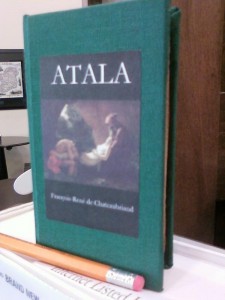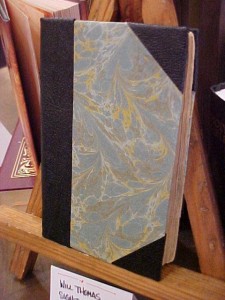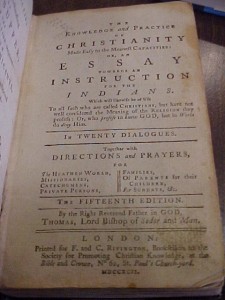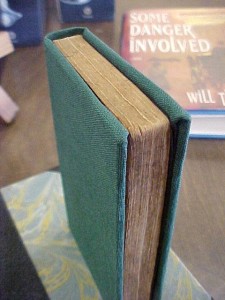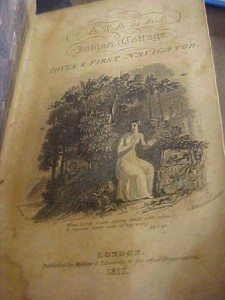When I hear the phrase ‘Homeland Security’ I think of the hardhat commercial with the Morgan Freeman voiceover imploring us to get Red Dirt Ready. There probably should be more memorable associations, like those color-coded alerts, which brought our awareness front and center to do – who knew what?
Yesterday, I was advised by Homeland Security to disable Java on my computer.
Whoa!
Little terrorists slipping in through that Cup O’ Joe icon? National security threat, right here on my laptop? What gives? It’s GOOGLE TIME!
Turns out, I’m not the only one with some questions about the perceived vulnerability and the consequences of NOT disabling Java. Some bloggers were downright frantic. One fellow related the account of his exploration for information, from Java, from Oracle (which owns Java), and others – first searching for information and then for instructions on how to disable the browser plug-in.
Like anyone else, I worry (a little – I’m not sitting here in the dark wringing my hands or anything) about collecting a computer virus or Trojan or malware application. I also worry about people telling me I need to quit something that I have (apparently) used for some time.
Here is the decider.
Every morning when I fire up the laptop, I get a popup advisory that some program is trying to connect to the internet and – Will I give it permission? No. I won’t. It is Java, every morning. Every morning. Why is Java trying to connect to the internet? It has an update available, it tells me. Now, explain this: If Java cannot connect to the internet without my permission, and I have not granted it permission, then how does Java know it has a handy and necessary update waiting for me?
Something fishy there.
At any rate, the whole click-the-X-to-close-the-box, the daily denial of permission for Java to access the internet (will my harddrive eventually be filled with scads of Java files from the eternal updates?), and the underlying question – why do I need Java anyway? – all combined to prompt me to delete the program on all three computers on my little network. Boom. Outta here.
Right away, I’m clicking like crazy on the Yahoo home page trying to scroll through the top news stories in their slideshow format. Oops. That must have been done in Java. Click click. No more scrolling stories. Dratted national security, anyway.
Another forty-five minutes or so became dedicated to cleanup of other programs – deleting the files for the two scanners I haven’t had connected in years, among others. Those HP files are so big I had time to dry mop the entire store, wait on a fellow who popped in (“I’m not a reader,” he said, “but I’m going to start.” He left without buying a book and I resisted the urge to point out that his reading start would be achieved more easily with a book in hand…) – I even had time to sweep off the leaves from the front sidewalk – before the HP files were removed.
I am Java free, on all three. As I post this blog, I notice that none of my little control buttons are present any longer. More Java, I suppose. They were such handy little buttons. I now feel as though I’m going into Java withdrawal.
Whether or not I remain that way depends, of course, on whether the National Nervousness can be contained, the software cyberattacks can be avoided, and the need for a Yahoo news scroller can continued to be surpressed.
Until then, I can lean back with my cup o’ Joe and know I’ve done my part to make this grand country of ours a safer place to live.
Whew. What a day.
